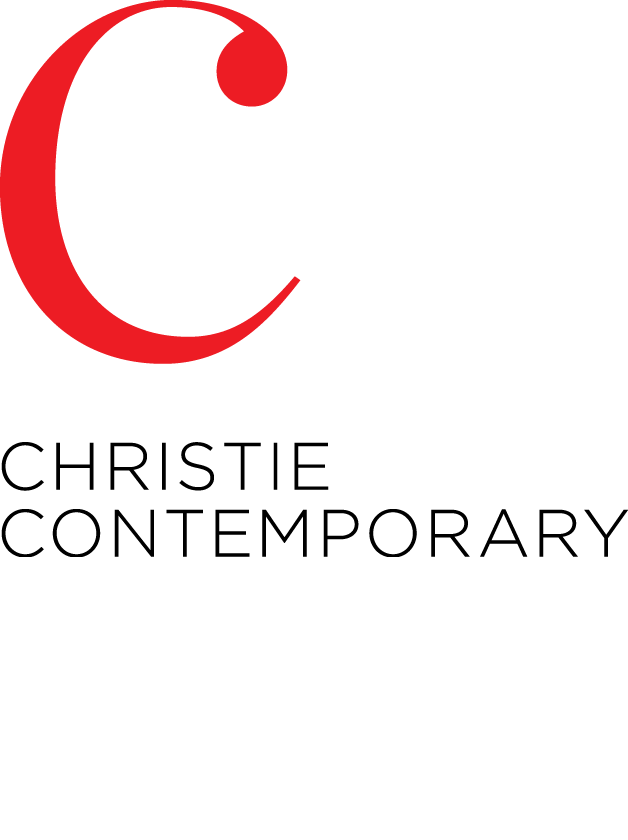The 1980s were in many ways a pivotal decade in the evolution of the visual arts community in Toronto. Commercial galleries multiplied and artist-run culture had staked a claim with bricks-and-mortar spaces to both respond to limited exhibition opportunities and facilitate a more agile arena of response to developing modes of expression, local and international. Critical theory was intertwined with abstract and representational pursuits, and appropriation was fair game with commercial emblems and images appended to a visual vocabulary. Digital technologies were still largely a future reality, but artists were already incorporating commercial modes of production as part of their practice and blurring the boundary between consumer culture and visual art, a strategy writ large in prior decades and upheld in the decades since then. From the Archives is not intended to sum up the period’s impact and legacy in retrospect, but rather takes the opportunity to look at three artists — Brian Boigon, David Clarkson, Douglas Walker — active in its midst who pushed against convention and continue, more than thirty years along, to be materially innovative in musing imagined futures.
Douglas Walker has consistently upended the expected in a given medium. With his early photo drawings using the cliché verre process — itself a feat of ingenuity during the nascent days of photography — he experimented at the level of scale, devising an array of image fragments to resolve in detailed, larger-than-life figures and scenes. Untitled (Helmet of Flowers) tiles a large portrait of an elusively feminine head clamped into a medieval nasal helmet, elaborately ornamented with floral markings. His subjects and treatment, near-antithetical to the small-scale pastoral views of 19th-century examples, reflected a 1980s counterculture of tattoos, cartoons and rebellious adolescence. The cliché verre technique was a perfect fit for Walker: photographic, without the use of a camera, drawing, without the use of drawing material. Similarly, his current painting practice synthesizes a range of techniques that largely bypass the convention of brush to canvas to engage instead with characteristics particular to Delft pottery, using a blue-and-white palette and, more recently, building surfaces as though using ceramic slip. With r-650, an organic matrix of vinelike tendrils clings to the ghostly form of a whale moving through its blue-black, insulated universe. The depths are realized as an indigo sheen, an otherworldy glow delineates the figure/ground relation and the intricate network of vines sits in relief to the white form, as a kind of botanical topography. In this particular arc, the restlessness of the 1980s has given way to an ethereal endgame.
Brian Boigon’s insertion of structural anomalies — which might reveal as a torque to a standard grid pictorially or a rupture to a form sculpturally — cues attention to the built form, with disruptions to geometry alluding to the volatility of meaning’s order. With THX 126 (1988), the skewed gridding of ranging representations of cultural output would seem to propose a hybridized whole, whereas it equally compels a search for common features among discrete signs. Working with photo emulsion on canvas, a method borrowed from commercial image production, the images are flattened under a unifying gloss, their juxtaposition operating less as a code to be deciphered than a deconstructing of the system of abbreviation itself (not consequently, the root structure of commercial signage). Accelerating to our current era of endless image generation and cultural pluralism, Boigon’s early image constructions sketched a future landscape. His recent project, The Interopera, is a model of a future aligned in our present with the narrative proposition of a multiverse (a theoretical postulation in the arena of quantum physics), replete with an alien invasion and its detailed array of assimilating instruments. With Ember’s Chrome Throat (2017), a 3D-mapped sculptural ‘artifact’, Boigon effectively collapses the distance between sign and referent — both are generated by him, first in the Gothic-style manuscript text, second, as a realized object — to resonate the effect of simultaneous realities. The future is now, over and over again.
For David Clarkson, visual strategies of gridding, layering and juxtaposition organize the “information” of representation. His often modular approach to depiction in the 1980s compelled attention to technology’s role in shaping what we see, while also declaring its simulative nature. Clarkson’s large-scale canvas, Likeness Twice Over (1985) is dominated by a liquid and silvery pixelated image of the moon paired with a smaller inset brilliant-cut gem face, while the outer corners of the canvas repeat an intersected square,showing a square incrementally transformed from black to silver, all layered onto an irregularly sectioned canvas. While the images are photo-reductive in feel, the support is structurally complex, reading more as an active site of transmission than pictorial space, with magnified views to the infinite outside and inside locating us somewhere in the middle. Where the earlier work foretold a future interconnectivity, Rabbits and Mirror (2016) assembles as imagined space that is as much escape hatch to our digitally ordered world as it verges on VR-immersive. Clarkson again offers the “building blocks” of representation using Ben-Day dot, computer-generated imagery, collage and a trompe l’oeil painted frame. The space of the scene is decidedly more narrative than sign-driven, even otherworldly. Its locale is elusive space, a subterranean cavern made friendly by rabbits, and simultaneously inner and outer: inside the frame, outside the dark cavelike opening in the distant centre. Clarkson enacts threshold as a suspended site, where a sense of “here” would be disrupted by the simple act of proceeding.
A view to a past that considered the future, updated. During the 1980s, these artists formed a nexus in a particular expression of contemporary art practice. They incorporated markers of popular culture borrowed from systems of communication and commercial worlds, building images of a moment hurtling ever forward. Early work paired with recent work from their respective practices bridges the intervening decades to chart enduring impulses under new conditions.


